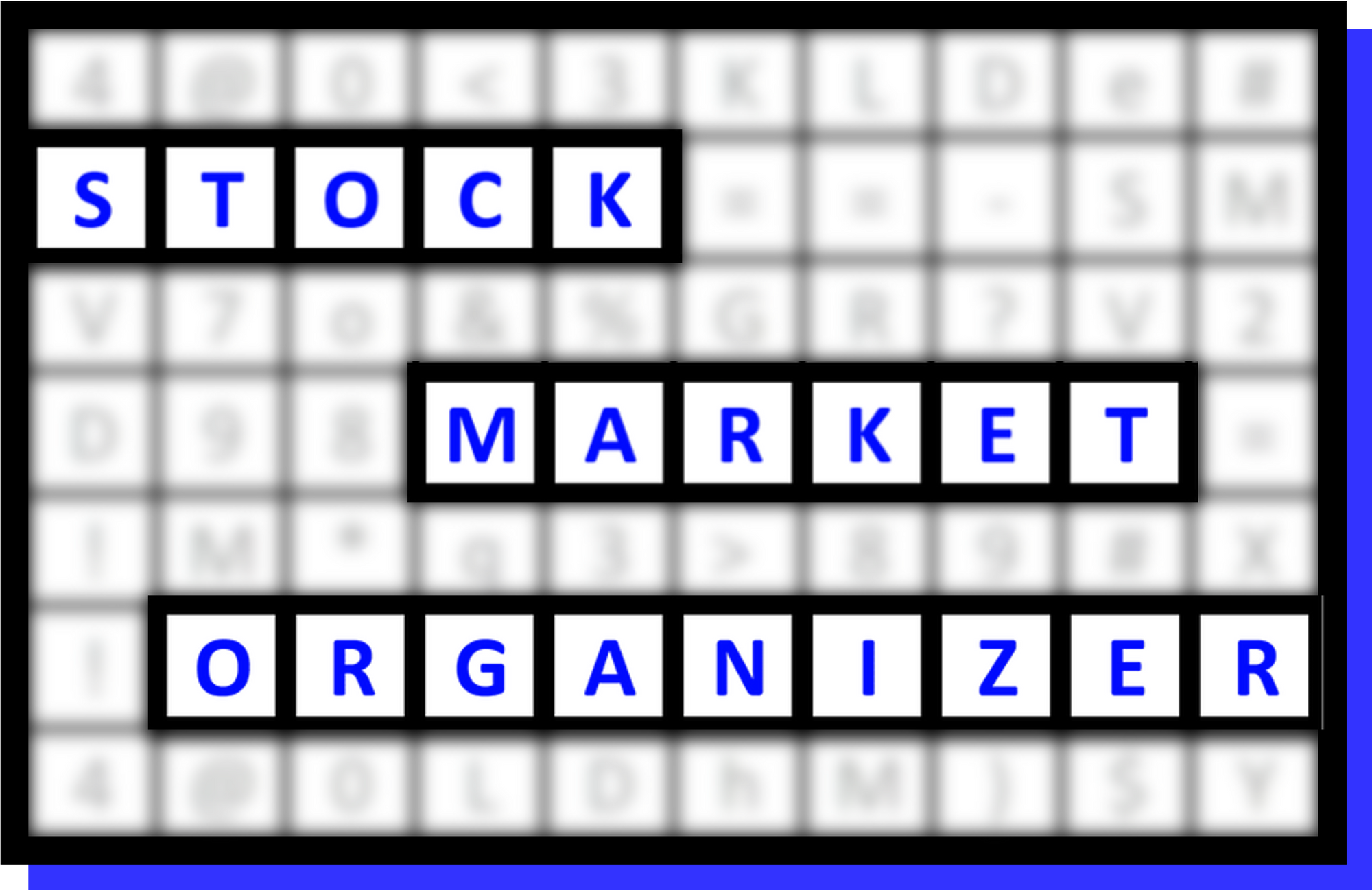Key SMO Concepts: Be an optimist with winning positions and a pessimist with losing positions

Introduction
Full disclosure, this post is an informed riff on a video that interviewed David Paul of VectorVestUK. It resonated with me and I have written the following to codify this concept’s importance in the Stock Market Organizer system.
Most traders lose. Don't be like most traders.
An estimated 85 to 90% of all traders lose money. Is this number exactly correct? I have no idea and I don't care. Knowing how difficult is trading, I believe most do lose money and conceptually this high proportion passes the smell test.
In turn, it logically makes sense that to be profitable in the market one should do the opposite of what most traders do.
Do the opposite of WHAT, exactly?
Presumably, no trader would become a trader unless they believed they were going to be in the 10% to 15% of profitable traders. Also presumably, they possess some level of self-preservation (they aren't entering trades for the express purpose of losing their capital) and as a result are deploying a system or systems they believe will work. In short, no one intends to be a losing trader.
So, what could these losing traders be doing that is clearly a mistake, hiding in plain sight despite their best intentions, and is both meaningful and correctable?
It's about mindset/position management
Apparently, when it comes to winners and losers, according to Mr. Paul a key mistake that most traders make is they become pessimistic when they have a winning trade and optimistic when they have a losing trade. This leads them to cut their winners and hold their losses.
Why? They are afraid of losing their profit when it comes to winner. And they are afraid of being wrong when it comes to losing trades. If they exit a losing trade, it proves they were wrong. To avoid being wrong, they hold on to the losing trade, hoping it becomes a winning trade. Of course this can happen. A losing trade can turn into a winning trade. What also can happen is the trade can become an even bigger loser. And the bigger loser is exactly what will torpedo a portfolio.
It is hard enough to get a big winner on your ledger. The last thing any trader wants is to have a big losing trade that destroys the positive impact of a large winner. But the “optimist with a losing trade” mindset inevitably leads to this result. If not worse, as this trader will not ever have big winning trades due to their “pessimist with a winning trade” mentality.
If this is what most traders do, and most traders lose, then logically the right thing to do is the opposite of what they tend to do. In short, the right way to be on the correct side of the small proportion of winning versus losing traders is to be optimistic with winning trades and pessimistic with losing trades.
AKA cut your losses and let your winners run
Given that there is no way to bat 1.000 in terms of winning trades, the way to make money in the market in the long run apparently is to have the impact of a smaller number of outsized winners outweigh the impact of a larger number of small losing trades.
When entering a trade, one never knows which of their trades will be winners, and which will be losers. Neither will they know which will end up being big winners and big losers. On a day-to-day basis, practically anything can happen in the market. There was a good reason that people can be fooled by randomness, which is because randomness does exist in the market. However, that there is randomness does not necessarily mean there is only one path to stock market profits, which is to long-term buy and hold. I certainly disagree with that sentiment.
One can - and should - attempt to stack odds in their favor by tracking market and sector strength, which is an important concept to incorporate as anecdotally and perhaps through academic studies it has been noted that 50 to 75% of the influence on any individual stock comes from market and sector forces.
(The working assumption from here is that one has incorporated objective evidence that there is discernible strengthening and or weakening in the market and its component sectors that is used to point the trader in the correct direction to maximize their number of winning trades.)
With this assumption, overlaid onto the concept that randomness is an inescapable feature of the market, a critical action the trader can take relates to their position management. And this is where optimism and pessimism come into play from a practical perspective.
Repeating:
